What is Customer Experience?
The customer experience (CX) is all the interactions a customer has with a company. It’s not just about the product or service but how the customer is treated along the way. Good customer experience is essential for businesses today. In a world where customers have more choices than ever before,


